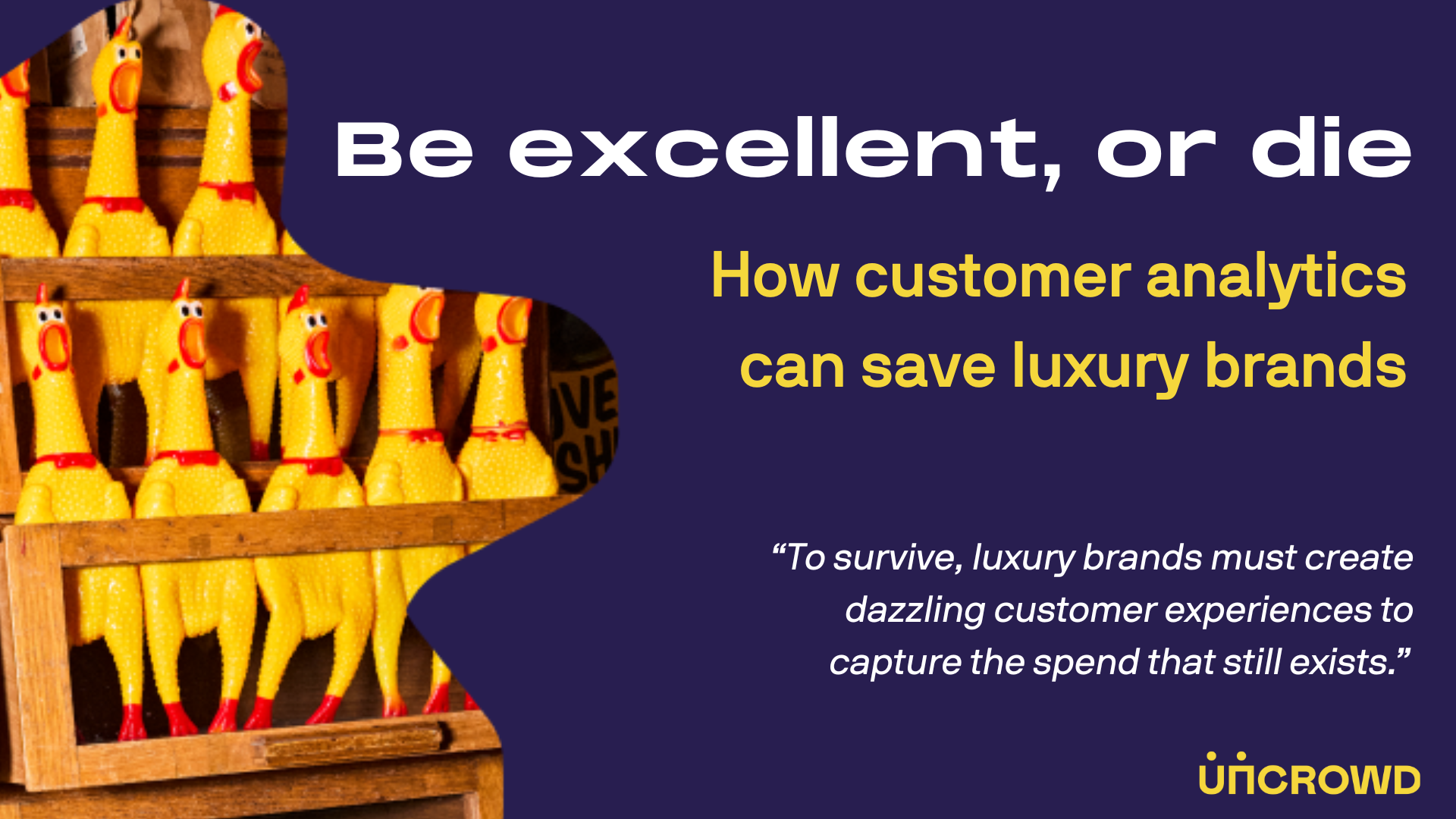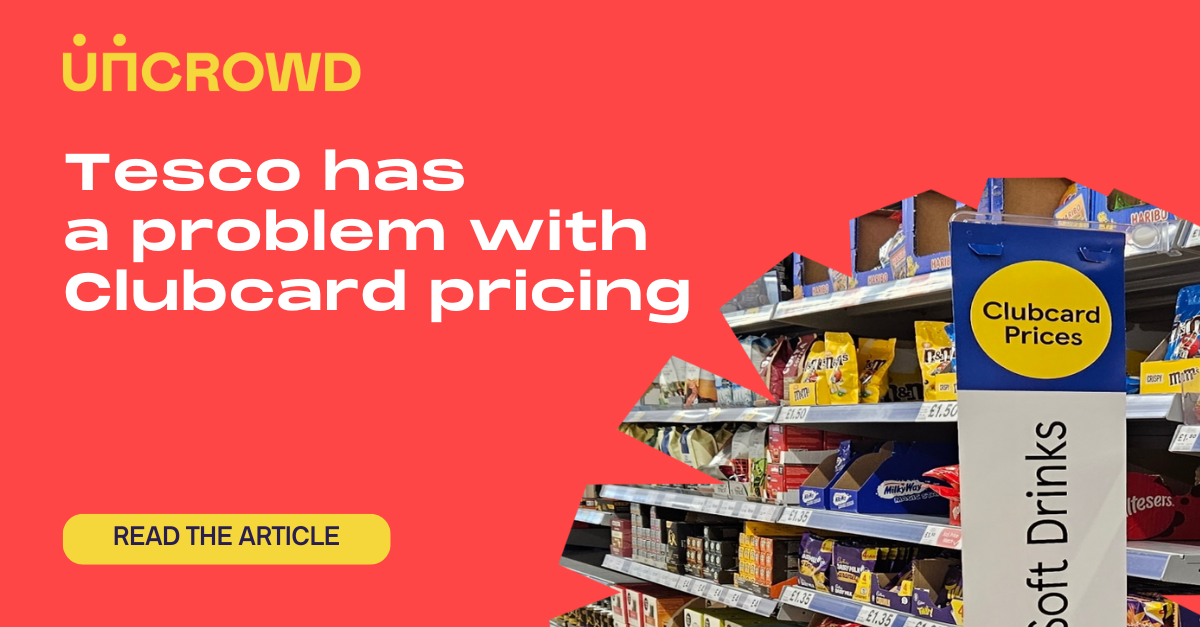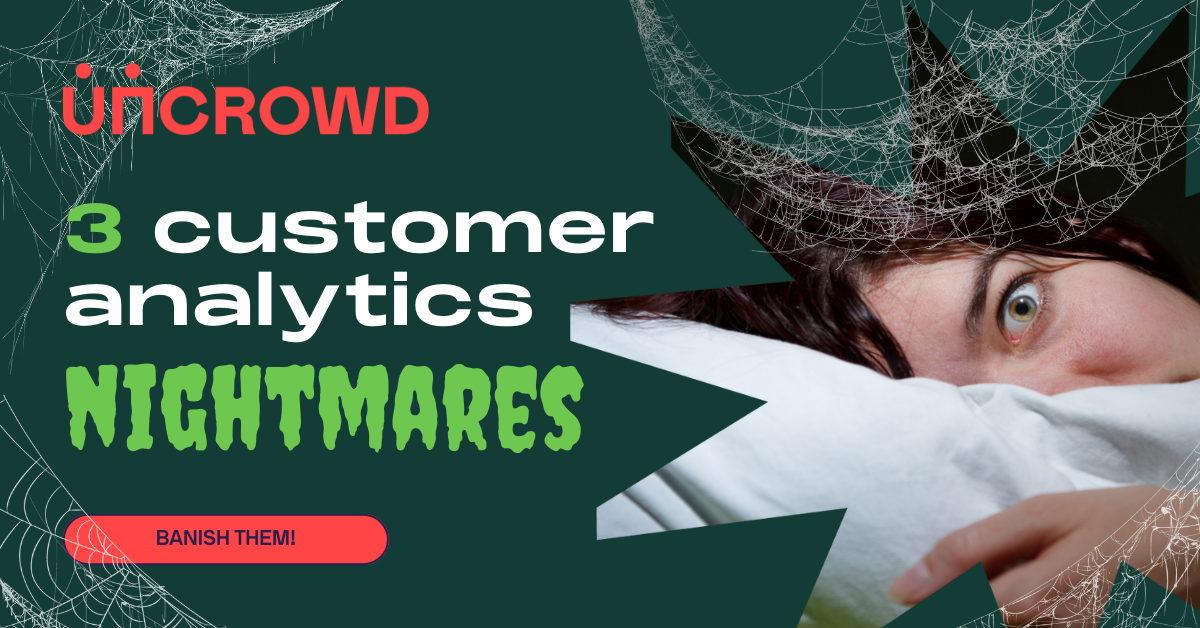Relative Attractiveness: a new CX measurement metric

In the first part of this deep dive, we looked at how traditional customer analytics metrics fail to deliver contextual data on your position relative to your competitors, and rely on flawed data from customer surveys.
Now we look at an alternative metric - Relative Attractiveness (RA).
RA objectively measures the customer decision-making environment, comparing your proposition to your competitors’ over specific customer stories.
It’s a gamechanger.

A guide to Relative Attractiveness
The Relative Attractiveness methodology is competitor analysis rooted in the customer experience.
Relative Attractiveness measures your proposition against other competing propositions, over specific customer stories.
Because attractiveness can only be represented through evaluating the CX environment, RA measures the decision-making environment at a customer level.
RA treats CX as observable, measurable and quantifiable.
The Relative Attractiveness model takes a fundamentally different approach to competitive analytics. The underlying principles of RA are:
- The primary driver for growth lies at the level of customer experience.
- Even strategic top-line items such as proposition, positioning, channel strategy and so on, are fundamental shapers of customer experience.
- The competitive set is determined purely by the customer story – the solution sought, combined with the mindset of the customer.
- The appeal of a market player as solution provider varies over time for any given customer and is dependent on the customer story.
It's important to note that we are not suggesting customers are necessarily aware of making these comparisons between solution providers.
Kahneman and Tversky’s work on ‘two-system thinking’ is just one accessible example of behavioural economics describing human decision-making as a combination of overt and non-overt influences. Thayler’s 1980 work Toward a Positive Theory of Consumer Choice is another.
Biases and heuristics must also be considered, and RA does this at the base level.

Simplifying competitive analysis
With a Relative Attractiveness (RA) approach, the relative position of each market player is directly related to how successfully each business presents its solutions as the optimal choice. RA measures that which is present in the customer decision-making environment.
This simplifies the required data inputs, allowing us to bypass incompleteness in our analysis by removing the need for non-public, proprietary information, avoiding non-equivalent data sets between competitors.
Customer Story, not segmentation
The competitive set for analysis is determined by customer story - what a customer it trying to achieve.
Within that story, relative attractiveness depends on the mindset and needstate of the prospective customer in the moment of decision. Context is crucial because it overrides rational decision-making. A decision we make in one context might be different in another context.
Context when considered within RA can also override traditional two-dimensional segmentation. In traditional segmentation, an assumption is made that an individual customer only ever shops in broadly one mindset, unaffected by the context in which they shop.
A man walking into a bar might be segmented as “over-50s craft beer enthusiast”, or by other arbitrary segmentation traits; age group, affluence, education, the car they drive and so on.
But when the competitive set is determined by customer story, the values within that set are not fixed but fluctuate depending on context and mindset.
The man walking into a bar might make different choices for a lunchtime pub visit, ordering coffee and depending on a fast lunch menu. If that customer is in your craft beer segment, you might not even talk to them about the importance of coffee and food service speed.

RA and market-share change
A core tenet of the maths of relative attractiveness is the idea that attraction is always relative within a market. (Attractiveness in this context refers to how alluring a proposition is to a customer – not to be confused with Market Attraction, the established discipline of assessing whether a market is attractive for launch.)
To be more attractive requires that alternative solutions be less attractive. Increasing one’s own attractiveness relative to competing alternatives, and successfully communicating such changes over time, should therefore logically lead to gaining share of that market from those alternative competing options.
So relative attractiveness becomes a straightforward describer of likely changes in market share. Your increase in RA always comes at the expense of someone else’s, leading to increases in your market-share relative to those others.
Using RA, businesses can improve customer experience strategy based on objective data, finding their next best move to win market share.
This is particularly important in shrinking markets in the current period of economic hardship when new customers aren’t entering the market and no new spend is available.
Winning market share in a shrinking market must always involve taking customers from a competitor.
Using RA, rate of market share growth is dependent on your navigation of attendant biases such as the status quo bias and ability to manage customers’ natural loss aversion.
Shout about what you're best at
One significant benefit of measuring RA is that when you know what people really value in your customer experience, you can build advertising, comms and CRM content that talk about those things.
When you know what really makes you relatively more attractive, you can more easily shout about that.
The CX insights delivered by RA provide a much better guide on making communications activity effective. It’s not a stretch to imagine creating Bass Contagion Curves to describe rate of change following improvements in RA.

Why does a man walk into a bar?
Traditional competitor analysis has its place, but the gaps in data and understanding it leaves require a new metric to fill.
Relative Attractiveness is that metric.
A man walks into a bar. There are three bars on the street, and the man thinks he chooses this one on a whim. But really it was the large windows, the obvious free seats, the lunch offer on the board outside, being in the mood for a quiet coffee alone with the paper.
Armed with this information, the bar chain would know which variables are likely to influence the man to choose them again next week, and the week after that.
Using RA as a tool, organisations can gain an understanding of their position in the customer decision-making environment, relative to their competitors.
A business’s CX attractiveness can be enhanced by leveraging empirical findings of decision science theory.
RA provides the data and analysis required to set growth strategy, allocate budget and make changes that influence customers to choose you over a competitor more often, the key driver for market share growth.

Practical application of RA
RA can be managed and increased by answering five questions:
Question 1: What is our RA and is it trending in the right direction?
Question 2: According to RA across the customer journey, where are we winning?
Question 3: Where are we losing?
Question 4: Where along the journey do customers drop out?
Question 5: What are the jobs to be done to reduce purchase friction and increase buyer reward in the places identified in 2, 3 and 4 above?
Uncrowd is on a mission to improve every customer experience on the planet through a unique combination of CX observation, quantitative measurement and comparative results. Our data is objective, empirical, and always shows your next best action.


